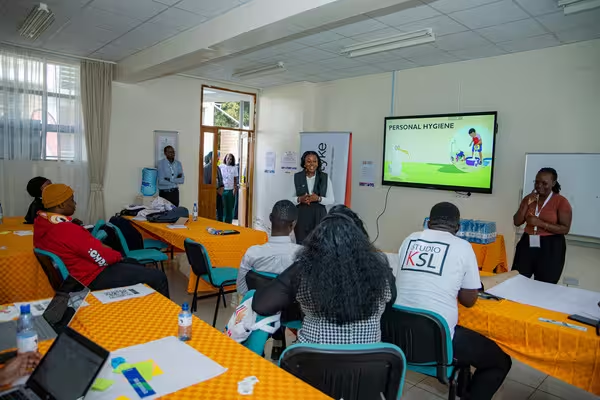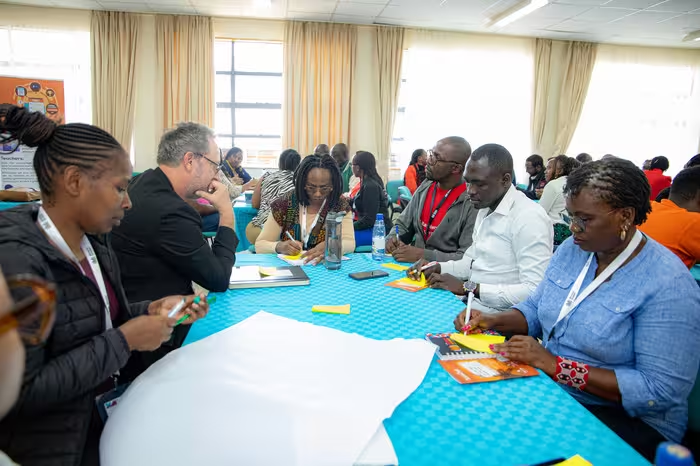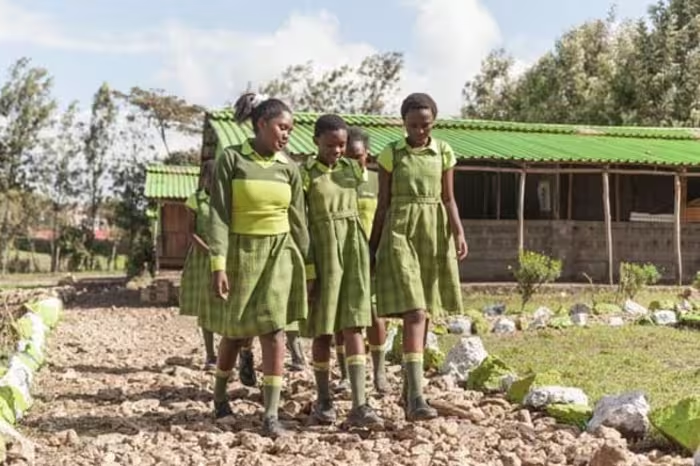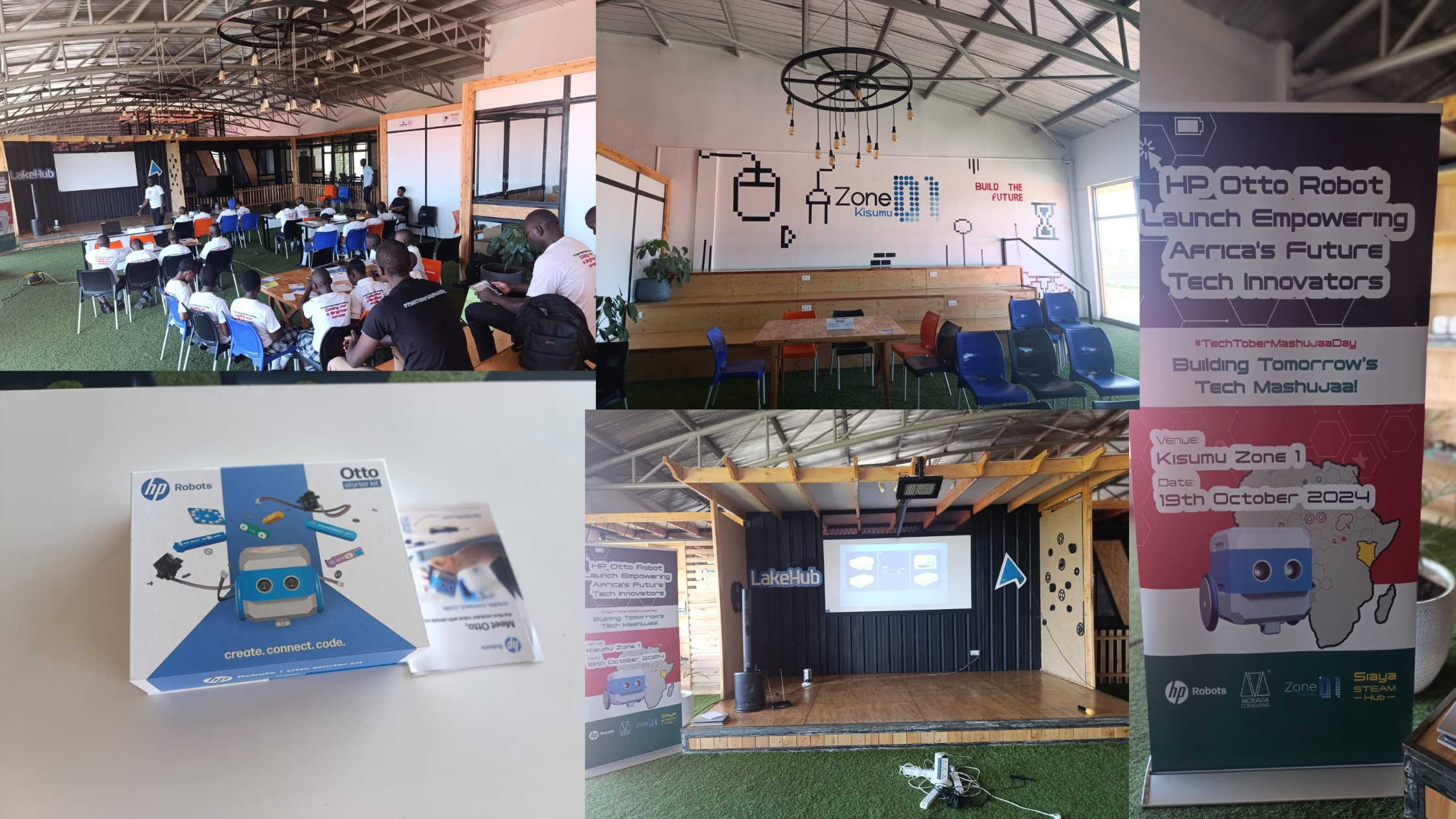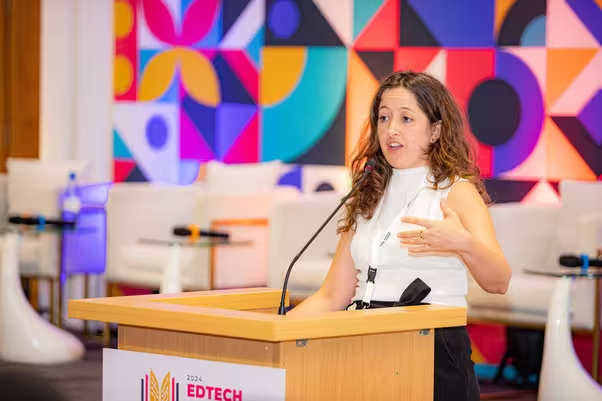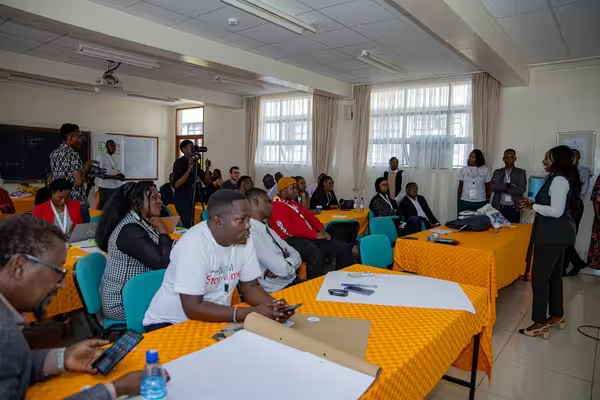
It was Lillian Mutegi’s third participation at the Edtech Summit. This time, she had the opportunity to introduce participants to Uptyke’s unique products. It has been a long journey towards identifying and addressing the gap in the market—the lack of accessible content for learners with special needs.
“While working in curriculum development, I had a few encounters with learners who were abled differently, and I felt challenged and, to some extent, compelled to venture into this space,” she says.
According to UNICEF, disability is one of the biggest challenges to education worldwide. There are an estimated 240 million children with disabilities worldwide. In every country around the world, people with disabilities tend to have lower literacy rates compared to those without disabilities. This prevents them from getting involved in their communities, obtaining gainful employment, and having a say in important decisions that affect them.
In Kenya, children with disabilities in school often attend special schools or special classes in regular schools. Most schools lack materials such as books with audio, sign language options, or simplified text for children with intellectual or learning disabilities.
Founded two years ago, Uptyke has been developing and publishing Special Needs Education material that includes tailored curriculum materials and interactive tools to help overcome barriers for learners with disabilities. Like most entrepreneurs, Lillian started with many assumptions but quickly learned that she needed to incorporate specialists who have worked with persons with disabilities.
“The journey has been challenging but also rewarding. Once I started seeing people buying and consuming our content and partners coming on board, I felt vindicated,” she says.
So far, Uptyke has partnered with the Mastercard Foundation, the International Publishers Association, Founders Factory Academy, and Innovate Now, to mention a few.
Benefiting from a Vibrant Ecosystem
Being part of the Kenya Edtech Summit has been of immense value. They spent the two years gathering insights, gathering data, and establishing connections with parents’ associations, teachers, schools, and development partners to test, refine, and promote ideas.
Uptyke also leveraged device manufacturers and distributors to preinstall the Uptyke app on these devices before distribution to schools. They have also been scouting regions to identify our regional champions who can now advocate for the app.
The recent Kenya Institute of Special Education Expo also helped. “On the first day, we had more than 100 contacts joining our waiting list,” she beams.
Working with organizations that support people with disabilities to find out the specific challenges faced by children with disabilities and their families in the community is the best way to create impactful solutions. When the app is ready, these individuals will become early adopters. Uptyke is expected to hire at least 250 people who have expressed interest.
Dealing with Challenges
Many teachers in Kenya lack the necessary training to design and implement specialized learning materials for students with disabilities. This lack of training makes it challenging to develop and use effective educational content.
Uptyke’s biggest challenge was obtaining funding to develop a portal to house content. With additional funding, Uptyke has onboarded more developers to create the learning management platform.
Her peers in the industry discouraged her, questioning why she chose to serve special needs learners when there was a large market with regular learners. Seeing the interest, passion, and excitement of the users as they interacted with Uptyke’s content was an affirmation.
Working with Innovate Now, Africa’s first assistive technology accelerator program, has been of immense benefit. They have helped Uptyke establish connections within the community of learners, parents, and stakeholders, in addition to giving them much grounding.
Lillian’s key lesson was to test assumptions as soon as possible. Her advice: “Assuming the idea will work is enough to kill your business because you’ll waste money on unneeded and inaccessible products. So for me, testing my assumptions is something I wish I had learned two years ago.”
Working toward Sustainability
Coming up with different revenue models helps keep the venture sustainable. In addition to serving the government, NGOs, and civil society, Uptyke Education has a subscription model for the schools and the parents. Another model is revenue share with device distributors.
In November, Uptyke will launch its platform. Teachers and experts will be able to curate their content on the platform. Looking ahead, Uptyke plans to target 1,000 learners in the next two years and grow to 100,000 users.
The UN Convention on the Rights of Persons with Disabilities champions inclusive education, and the translation of this ideal into reality remains a formidable challenge. To achieve this goal, there is need for continuous professional development for teachers to equip them with the requisite skills to cater to diverse learning needs. Equally important is the need to ensure the relevant government policies touching on access to education are fully implemented. This will make the work of content developers like Uptyke more impactful.
